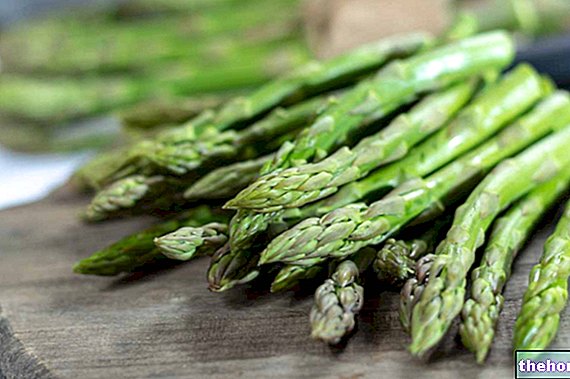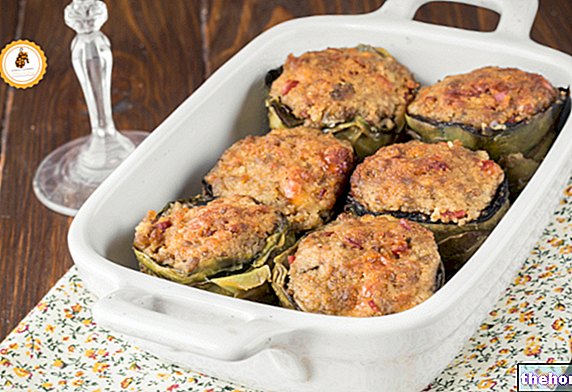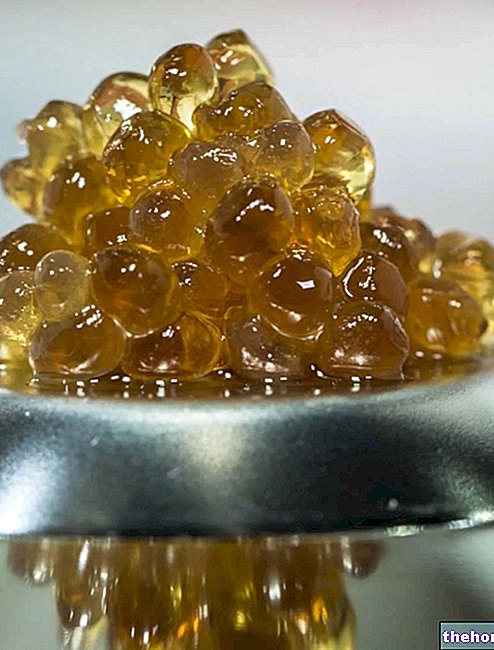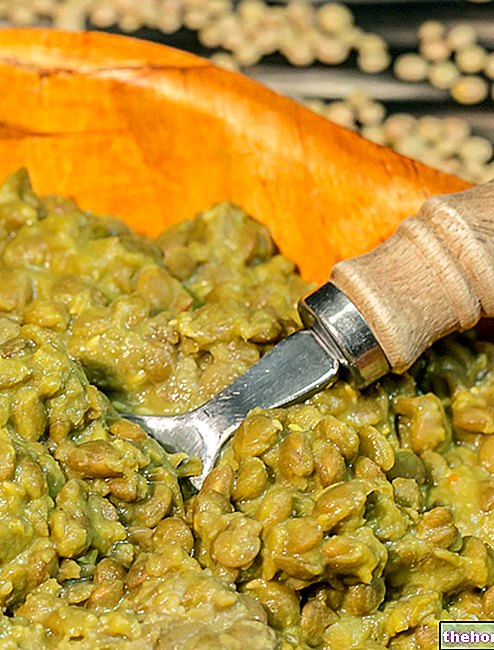Today we virtually move to the Marche to delight the palate with a typical Easter recipe of the area: the crescia. It is a kind of salty cheese panettone, which will be perfect to cut into slices and serve as desired with meats and cheeses! I took the liberty of making some changes to the original recipe: to make it lighter, I propose my version without eggs.
Video of the Recipe
Problems with playing the video? Reload the video from youtube.
Identity Card of the Recipe
- 280 KCal Calories per serving
-
Ingrediants
For the leavening
- 100 g of Manitoba flour
- 100 ml of water
- 2 g of dried brewer's yeast
- 1 teaspoon of barley malt
For the cheese pasta
- 7 g of salt
- 150 g of mixed spun curd cheeses or Fontina cheese
- 150 g of pecorino
- 50 g of grated Parmesan cheese
- 1 g of dried brewer's yeast
- 180 ml of milk
- 400 g of Manitoba flour
- 4 tablespoons of extra virgin olive oil
Materials Needed
- Bowl
- Scale weighs food
- Mixer
- Sieve
- Panettone mold with a diameter of 18 cm
- Baking paper
- Chopping board
- Knife
- Transparent film
Preparation
- First, prepare the leavening. Dissolve the malt in warm water. In a bowl, mix the Manitoba flour with the dry brewer's yeast (or with 6 g of fresh brewer's yeast) and mix the mixture with the softened water. Mix with a wooden stick until it forms a thick batter.
- Cover the bowl with cling film and let it rest in a warm environment for about an hour.
Did you know that
To facilitate leavening, it is advisable to let the dough rest in a warm environment (eg oven off but with the light on, or oven preheated to 180 ° C for 2 minutes, then turned off, or near a radiator), but at the same time away from drafts: for this purpose, it is recommended to cover the bowl with a sheet of transparent film.- In the meantime, remove the crust from the pecorino cheese and the other spun curd cheeses (eg Fontina, Emmental, etc.). Cut the cheeses into cubes, then blend them coarsely together with the parmesan. Alternatively, cut the cheeses into very small cubes with a knife.
- When the leaven is ready, resulting swollen and soft, you can proceed with the preparation of the main dough.
- Mix the Manitoba flour with the minced cheese, add 1 g of dry brewer's yeast, the oil, the warm milk and the yeast. Mix quickly, then add the salt. Work the dough for a long time, until you get a workable dough with your hands and not sticky. If necessary, add a little flour until it reaches the right consistency.
Did you know that
To prepare this recipe we used a mix of pecorino, parmesan and Emmental cheese. Those who wish can change the type of cheese.
In the original recipe, the Crescia is enriched with eggs. To lighten the dough, we have proposed the version without eggs. However, those who want to use them can mix two eggs with the mixture: in this case, we recommend using only 80 ml of milk instead of 180.- Line a panettone mold with a diameter of 18 cm with baking paper.
- Insert the cheese dough into the mold and let it rise in a warm environment for 2-3 hours or until the dough starts to come out of the mold.
- When the crescia appears swollen and soft, bake it in a preheated oven at 200 ° C (static) for 20 minutes, then lowering the temperature to 180 ° C and continuing for 20-30 minutes.
- Remove from the oven, allow to cool and serve with cold cuts and cheeses.
Alice's comment - PersonalCooker
The crescia is a cross between a panettone with cheese and a savory pie: it will be perfect to serve on Easter day and surprise diners by bringing to the table a bread with an irresistible aroma!Nutritional values and Health Comment on the recipe
Crescia is a food that belongs to the group of bread and derivatives.
It has a significant energy intake, provided above all by carbohydrates, followed by lipids and finally by proteins.
Carbohydrates are mainly complex, unsaturated fatty acids and peptides of medium and high biological value.
Cholesterol is low, while fiber is present in medium quantities.
The food is not suitable for the diet against overweight and metabolic diseases. It is also contraindicated in the diet against celiac disease and lactose intolerance. , but not in the vegan one.
The average portion depends on the composition of the diet.




























